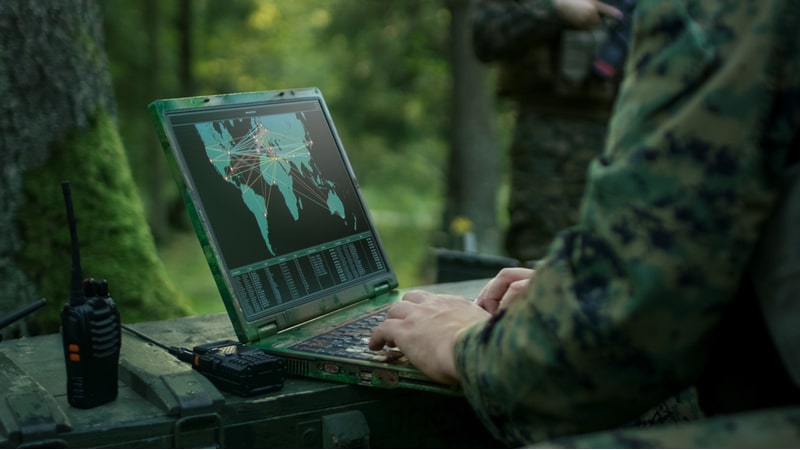
With work on its initial open source intelligence (OSINT) strategy nearly completed five years ahead of schedule, the U.S. Army is beginning to develop its 2040 OSINT strategy, a top Army official said on Tuesday.
Speaking at a Federal News Network event on Oct. 15, Dennis Eger, senior OSINT advisor for the Army, said the service branch’s existing OSINT strategy released in 2023 focuses on increasing open source training. That strategy has a 2030 completion deadline, and about 90 percent of its tasks have already been accomplished.
The next version of the strategy, Eger said, will look even further into the future.
“I’m going to go bold this time,” said Eger. “We’re going to look at what we think things look like in 2040, which is kind of a lofty goal I guess – that’s how much technology changes and how much the internet and this space changes in just days, let alone years.”
Goals of the next strategy include continuing to focus on training; building OSINT architecture that can integrate into broader Army intelligence architecture; modernization efforts; quickly delivering OSINT to the “tactical edge,” including combatant commands; and looking at artificial intelligence and large language model integration.
Beyond exploring language translation AI systems, Eger said the Army also is examining generative AI systems for summarizing and analyzing OSINT reports, as well as detecting misinformation and disinformation.
“Where are we going with it? How are we going to leverage it? How are we going to use it to our advantage,” said Eger about potential AI uses.
Other OSINT priorities include developing a “skill identifier” – a specific code that a person can earn after completing OSINT training that signifies the training a soldier has received. Eger said that after working on the identifier for a while, it’s in its “final staffing” phase and pending approval as soon as next month.
The skill identifier is important for resourcing, he said. “So when you get those things on a manning document or a position document, it says that we actually need resources to get after it.”
The Army is also looking to expand its OSINT collector positions – which involve collecting intelligence via interrogations, screenings and source operations – to include civilian personnel in addition to the established military positions, said Eger. Work being done on that front includes a “modeling survey” to help identify where civilian OSINT positions should exist, he said.
